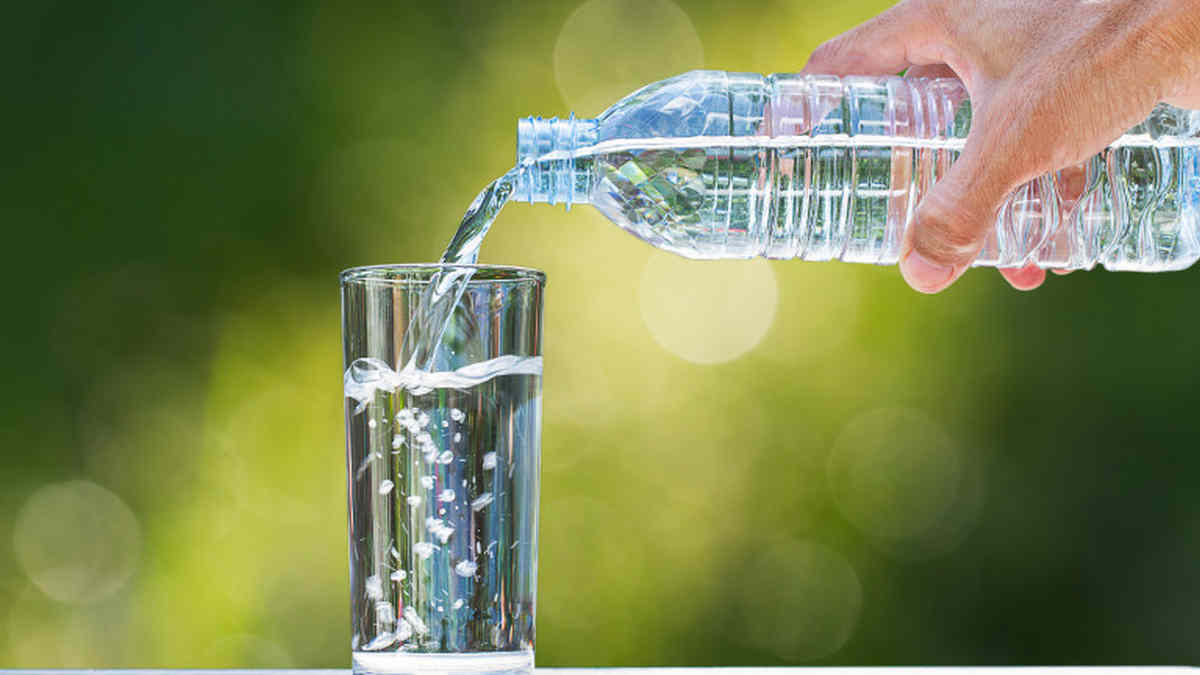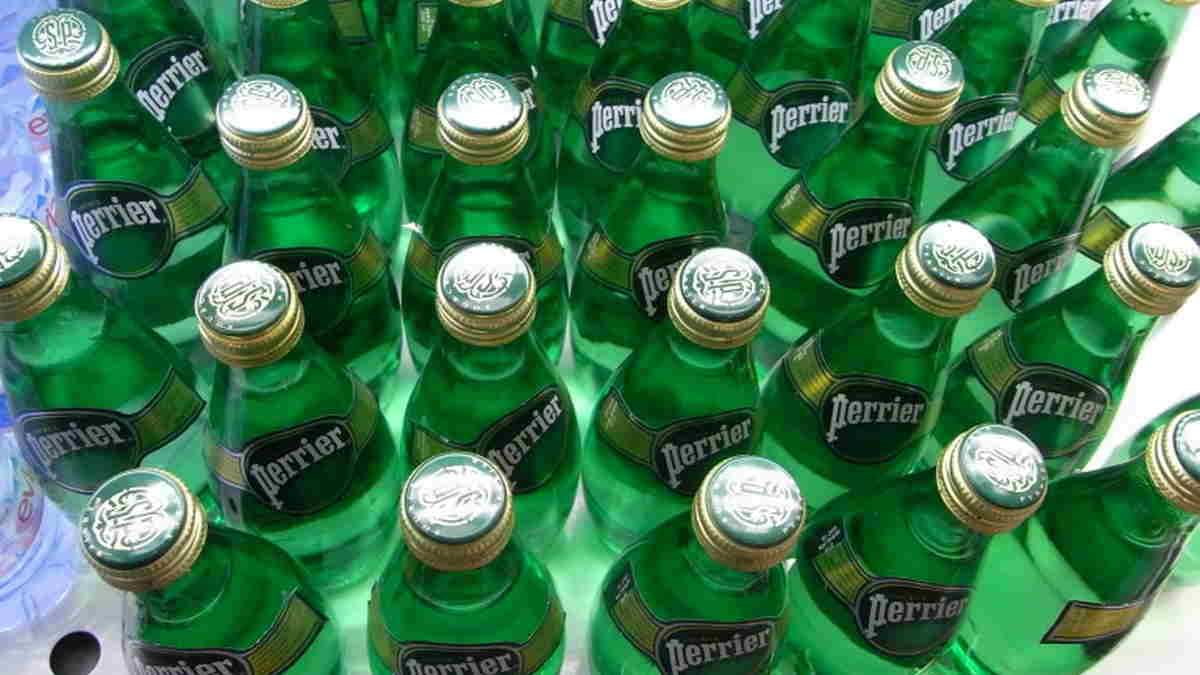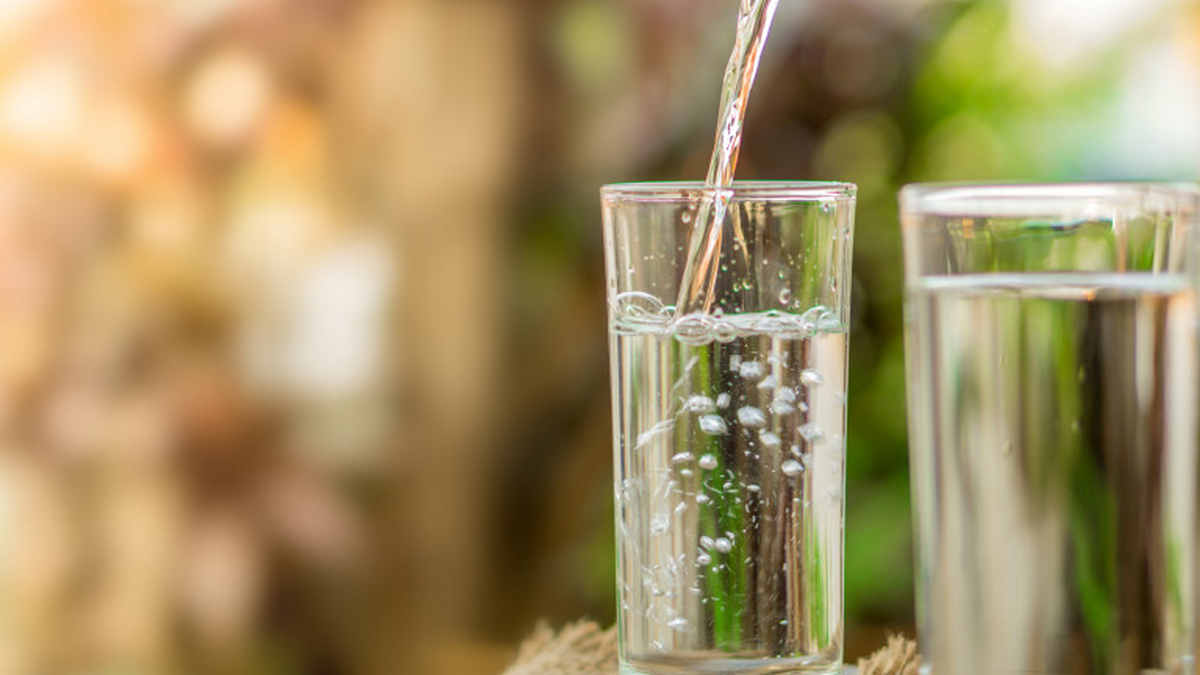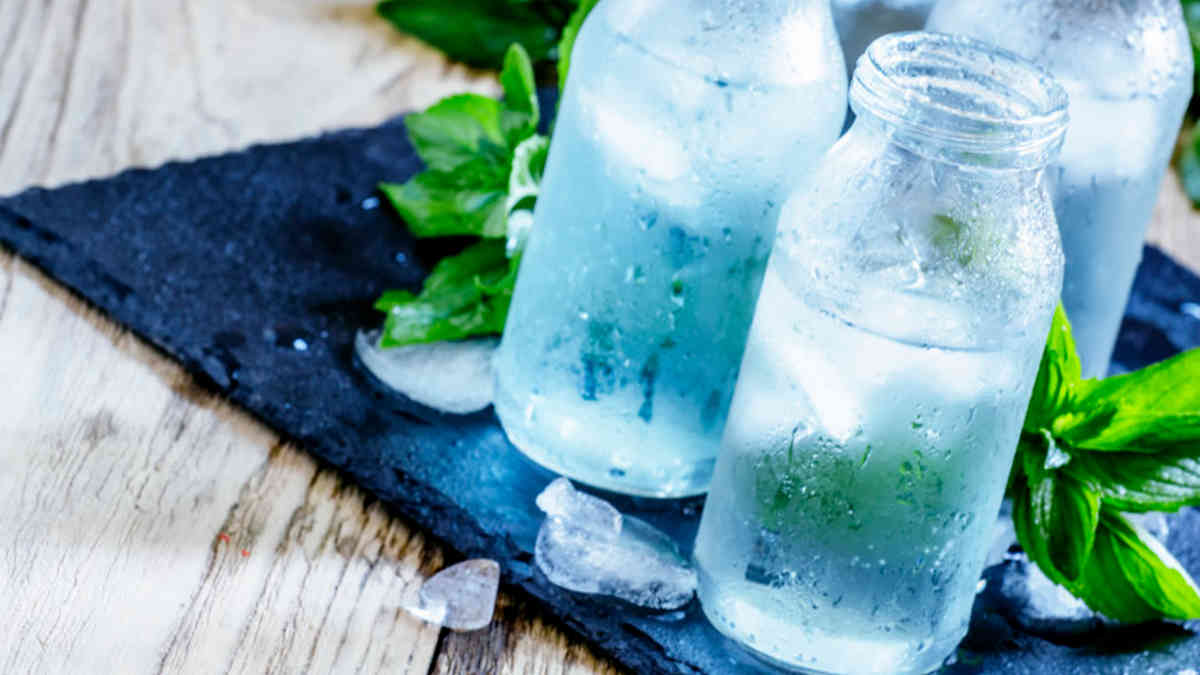Bottled water is in great demand all over the world. Its sales are growing at an average of 10% per year and by the next 2022 the turnover of this industry will be $ 280 billion.
If everything is clear with developing countries, what is the reason for the growth in demand for this product where the population is provided with quality tap water?
Bottled water was first sold a long time ago, in the XVIII century. In the 1760s, the Boston-based company Jackson’s Spa bottled mineral water in glass bottles, offering them to its customers as a therapeutic agent for various diseases.
In the XIX century in some countries, manufacturers began to produce bottled drinking water, which was ordinary, but purified. Demand for this product was high, as in the cities tap water was of extremely low quality and the population overcame epidemics of intestinal infections.
Delivery of bottled water in the United States at the dawn of the XX century has already been organized on a large scale and with the involvement of modern vehicles
This business developed quite actively in many countries around the world, until in the XX century the technology of chlorination of drinking tap water was invented. The emergence of cheap and high-quality water in many homes in the United States and Europe, ordinary bottled water almost stopped buying and actively sold only medicinal, mineral.

Water from underground springs has a solid reputation as a healer. In 1898, the French physician Louis Perrier founded a water hospital in the town of Verezhen and opened a plant for bottling mineral water from local sources.
Consumers of very expensive Perrier water are convinced that they belong to the elite and consume better. In fact, they have been unscrupulously deceived for more than a century.
Perrier supplied his product to elite hotels and restaurants in Europe, but his business was quite small. Everything changed in 1946, when the company was bought by an enterprising businessman Gustav Leven. He achieved that in a short time the water from Verezhen took the lion’s share of the European market, overtaking competitors such as Evian and Vittel.
In the early 1970s, the Perrier brand became the undisputed leader in Europe and entered the American market. In the US, marketing required a special approach, so Leuven relied primarily on the snobbery of the local consumer. Water from Europe was presented as a product for the chosen ones, those who have succeeded in this life and can afford a lot.
Perrier marketers are well known in the production of advertising, using the most spectacular images and technologies
This was a successful strategy for the American market – it worked and from 1975 to 1978 the sales of Perrier water in the American market increased from 2.5 million to 75 million bottles per year. Leven’s fashion for a healthy lifestyle has helped the business well. Bottled water was previously considered one of its main attributes.
In the 1990s, a real revolution took place in the industry – such giants as PepsiCo (Aquafina water), Nestle (Pure Life water) and Coca-Cola (Dasani water) introduced their bottled water to the market. After entering the game of these manufacturers, bottled water won the final victory over tap water.
Beverage Marketing Corporation analysts estimate that 460 billion liters of bottled water are sold annually worldwide. The largest consumer of this product is China, whose residents buy 80 billion liters annually, and the second largest in the United States, where they sell 45 billion liters. The following consumption positions are occupied by countries with hot climates, such as Mexico, Indonesia, Brazil, India and Thailand.

The wonderful Dita von Teese can’t do without Perrier water. Do we doubt its benefits?
Prosperous European countries Germany, Italy and France, which sell 12, 11 and 9 billion liters of bottled water each year, close the top ten in terms of demand for bottled water. Demand for these products in these countries is high, despite the high quality of tap water.
Have you ever wondered how much more bottled water is than tap water? The difference in price is about 2000 times! There are countries where such water is more expensive than milk, beer and even gasoline. And this is not in developing countries, where there is a shortage of drinking water, but in countries where utilities are at an all-time high.
According to the public organization Food and Water Watch, in the US a liter of bottled water is, on average, three times more expensive than a liter of milk and almost 4 times more expensive than a liter of gasoline. Why is this happening? Why do people buy ordinary bottled water without sparing money on it?
The main advantage of bottled water manufacturers around the world is that it is more environmentally friendly, cleaner and more useful than any other. This is suggested to consumers through clever marketing technologies, through commercials and billboards. In fact, what instilled in us by cunning traders of ordinary water has nothing to do with reality.
In European countries, standards are more demanding on tap water than on bottled water
Interestingly, in the United States and the European Union, the quality of tap water could theoretically be higher than bottled. This seemingly absurd circumstance is due to the fact that the state has much stricter control of tap water than bottled.
There are many examples when the water offered by manufacturers was dangerous to health and even life. In April 2019, the American consumer magazine Consumer Reports reported that the water has six popular US brands: Starkey (owned by Whole Foods), Peñafiel (Keurig Dr. Pepper), Crystal Geyser Alpine Spring Water, Volvic (Danone), and Crystal Creamery and EartH₂O, arsenic was detected at a concentration dangerous to the human body.

But even if the manufacturer treats his responsibilities as carefully as possible, purified water poured into plastic bottles can not be clean by default. During storage, even if not very long, it is inevitably contaminated with microparticles of plastic from which the container is made.
It is also well known that even with a small heat, plastic begins to emit harmful chemicals that immediately enter the water. That is why it is not recommended to leave bottled water in places where the tank can get direct sunlight.
Plastic packaging is dangerous – this fact is generally accepted
In advertising, brands emphasize that bottled water is tastier than tap water. Is that so? It is easy to verify this statement and the University of Vermont decided to put a fat end to the issue. There they gave a group of tasters to try tap water and water presented on the market by well-known companies, without indications of affiliation.
As it turned out, professional tasters in the vast majority of cases could not distinguish between tap water and water from a beautiful branded bottle, which is hundreds of times more expensive. In an interview with Business Insider, Peter Glake, president of the Pacific Institute, said the following:
It is wrong to think that bottled water is cleaner, healthier or safer than tap water. Bottled water is not better regulated, better tested and better controlled than tap water. And when there are problems with tap water, the solution is to invest in upgrading and repairing our water supply systems, not bottled water.
Every day, thousands of such trucks deliver water to stores and offices across the United States
We must not forget that the environmental friendliness of bottled water production leaves much to be desired. Plastic bottles are one of the most serious pollutants on the planet. In 2016, the production of water bottles in the United States used 2 million tons of plastic, for the manufacture of which was extracted at least 64 million barrels of oil.
It is safe to say that the general belief that bottled water is better and more useful than conventional, tap water – is the result of lobbying the interests of manufacturers of these products at the highest level and, of course, the effect of skillfully crafted advertising.
Business Insider estimated the funds invested by Nestle Waters NA, Nestle USA and Coca-Cola in lobbying for their interests in the US Congress, and it turned out that at least $ 28 million was spent for this purpose. And do you know the main purpose of this lobbying? Not at all the promotion of bottled water. Producers are seeking to reduce budget spending on public water supply.
Also, well-known brands invest a lot in anti-advertising of tap water, showing its low quality and health hazards. Any investment is justified here – millions of people around the world have become afraid of tap water, and this applies even to people in countries such as Britain, Switzerland and France.
The main secret of drinking water producers, which they will not voluntarily reveal for anything, is the profitability of their business. Many respected experts believe that the profits of players in this market may well compete with the profits of drug cartels from drug trafficking. The benefit of brands is not hundreds, but thousands of percent!
In the American documentary “Stream: for the love of water”, released in 2011, the authors give such a simple example. In the early 2000s, Nestle acquired the right to use water from Michigan sources for 99 years. The company paid 70 thousand dollars for this opportunity. It doesn’t cost much a year, something like $ 700. What does one of the largest producers of bottled water get out of this? The figure is impressive – the company earns more than $ 1.8 million a day for bottling this water!
Source: i24.info

